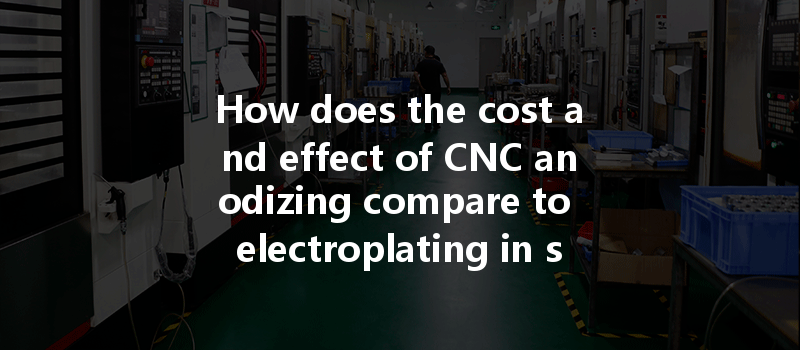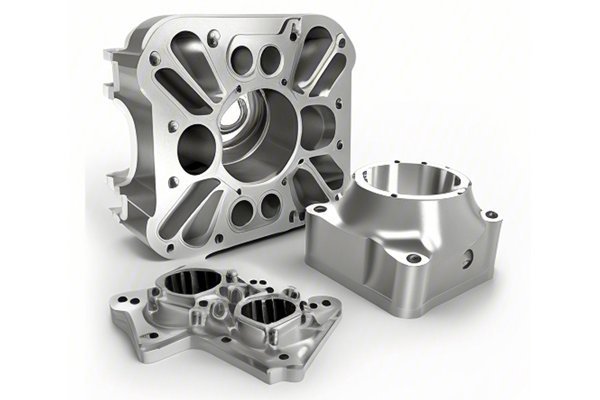Did you know that nearly 65% of metal parts undergo some form of surface treatment to enhance their durability and aesthetics? When it comes to surface finishing in CNC machining, two of the most commonly employed techniques are anodizing and electroplating. While both methods aim to improve a part’s surface properties, their costs, processes, and effects on materials differ significantly. In this comprehensive blog, we’ll dive deep into the contrasting worlds of CNC anodizing and electroplating, helping you to understand which method might be best for your specific application.
—
—
1.1 What is Anodizing?
Anodizing is an electrochemical process that converts the metal surface into an anodic oxide finish. Primarily used for aluminum, anodizing enhances corrosion resistance, surface hardness, and aesthetic appeal. The anodized surface acts as a protective coating that is thicker and far more durable than conventional paint or plating.
1.2 The Anodizing Process
The anodizing process involves the following steps:
1.3 Benefits and Limitations
Benefits:
Limitations:
—
2.1 What is Electroplating?

Electroplating is a process that uses electric current to reduce dissolved metal cations to create a metal coating on an object. This technique is widely used for adding a variety of metal finishes, offering improved aesthetics and protection against corrosion.
2.2 The Electroplating Process
The electroplating process involves the following steps:
2.3 Benefits and Limitations
Benefits:
Limitations*:
—
3.1 Material and Process Costs
On a basic level, anodizing tends to be less expensive than electroplating, primarily due to lower material costs and a simpler process. Anodizing requires less equipment, which can reduce setup costs. However, the total cost may vary depending on the design, quantity, and specifications of each project.
3.2 Long-Term Cost Considerations
Over the long term, anodizing may lead to lower maintenance costs; its superior corrosion resistance often means needing less frequent replacements or repairs. In contrast, if electroplated surfaces deteriorate or corrode, they may require frequent touch-ups, increasing long-term costs.
—
4.1 Surface Properties
Anodized aluminum exhibits outstanding wear-resistance and thermal properties. Electroplating can create beautiful, shiny surfaces, but the level of performance will highly depend on the chosen metal and layer thickness.
4.2 Durability
Both methods enhance a part’s durability, but anodizing typically offers superior protection for aluminum in corrosive environments. Electroplating can protect against mechanical wear but may not hold up well in harsh chemical conditions.
—
5.1 Optimal Use Cases for Anodizing
5.2 Optimal Use Cases for Electroplating
—
6.1 Industries Utilizing Anodizing
A notable case is the aerospace industry, where lightweight and durable materials are essential. Anodized aluminum components help maintain strength while ensuring resistance to wear and corrosion.
6.2 Industries Utilizing Electroplating
The automotive industry frequently employs electroplating for various components, as it enhances both appearance and performance through improved electrical conductivity and corrosion resistance.
—
7.1 Summary of Core Technologies
CNC anodizing and electroplating are both powerful techniques for enhancing the properties of metals, but they each come with distinct advantages and limitations. Anodizing offers long-lasting color and durability for aluminum parts, while electroplating provides a versatile range of finishes for many metals.
7.2 Why This Information Matters
Understanding the costs, effectiveness, and applications of these surface treatments is crucial for manufacturers and engineers. The choice between anodizing and electroplating can profoundly impact product quality, longevity, and overall satisfaction. Whether you’re designing aerospace components or crafting decorative items, making an informed decision on surface treatment technologies is vital.
In summary, whether you opt for anodizing or electroplating can significantly affect your product’s performance and aesthetics, underscoring the importance of careful consideration of these processes in your manufacturing decisions.






